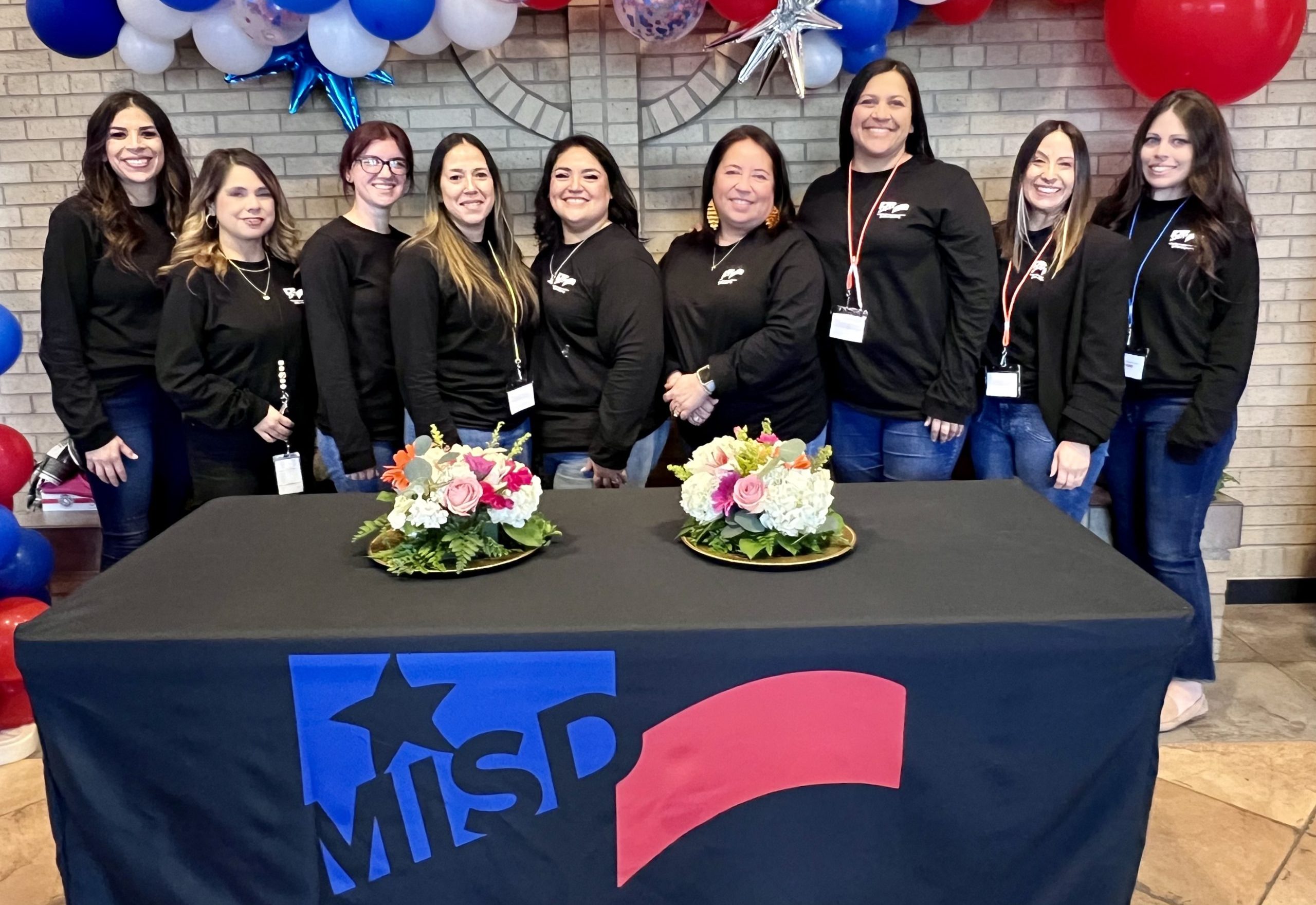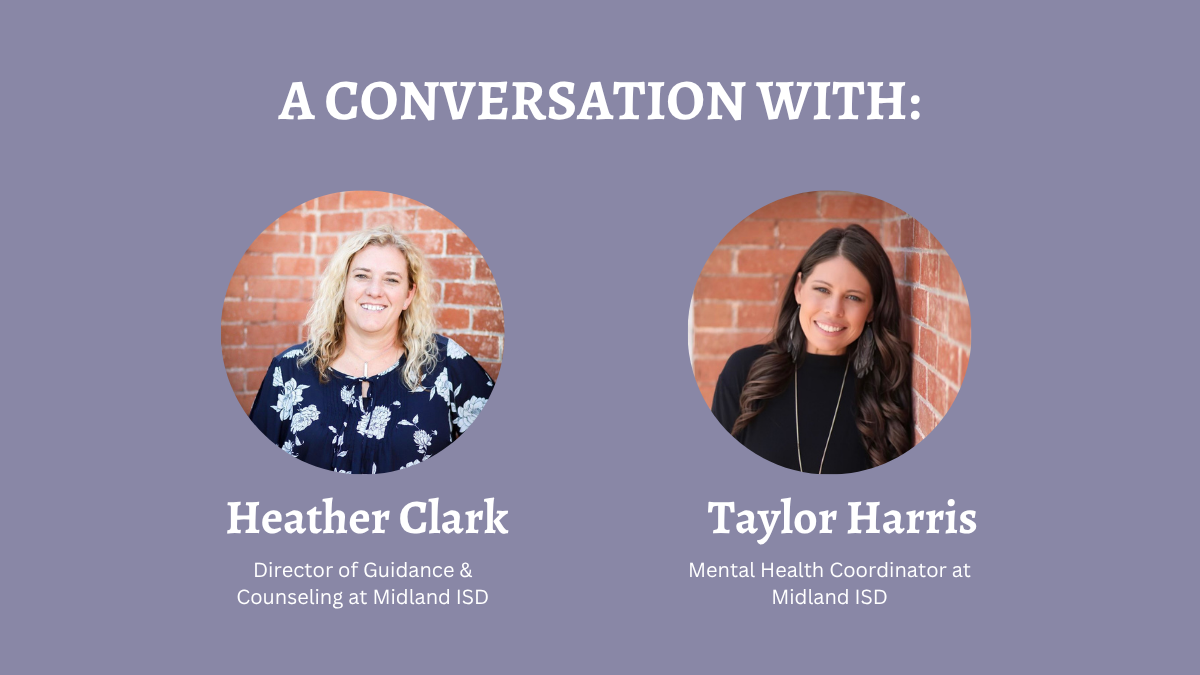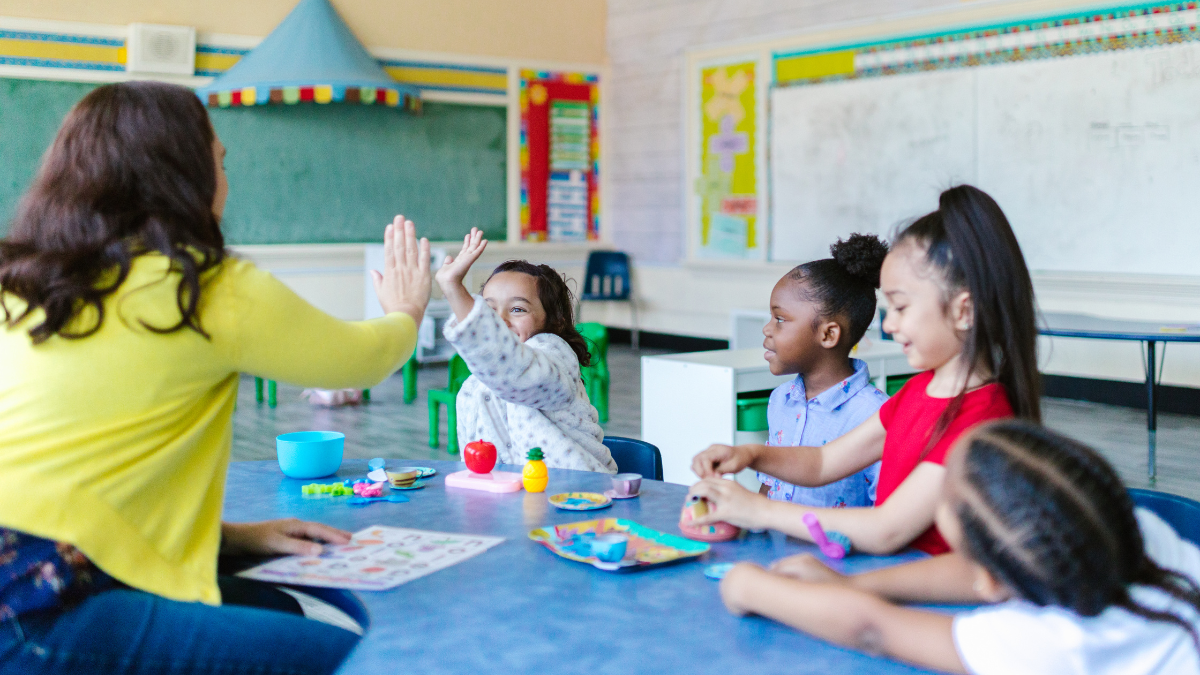- Developing Decision-Making Skills
- Positive Behavior Interventions and Supports
- Positive Youth Development
- Safe, Supportive and Positive School Climates
- Elementary School
- High School
- Middle School

In this series, we’ll highlight impactful mental and behavioral health best practices across Texas to inspire schools interested in developing similar opportunities for youth.
The team at Midland ISD partnered with local philanthropic groups and the Meadows Mental Health Policy Institute to determine which mental health resources their district was lacking. After gaining input from school members, students, teachers, and community members, they developed an extensive mental and behavioral health action plan.
One of Midland’s goals is to establish Multi-Tiered Systems of Support (MTSS) where all students have access to the same interventions to meet their social, emotional, and behavioral needs. Midland ISD has 39 campuses with over 28,709 students as of the 2023-2024 school year.
When considering the Texas School Mental Health Framework, Midland ISD’s plan addresses multiple components of a comprehensive school mental health system, including positive youth development, positive behavior intervention and supports, safe and supportive school climate, and managing emotions and decision-making skills.
Check out our conversation with Heather Clark, Director of Guidance and Counseling at MISD, and Taylor Harris, Mental Health Coordinator at MISD.

1) How did this partnership get started? What were the steps you used to implement it?
Taylor: Our local philanthropic groups reached out to Meadows because they were noticing a lot of mental health concerns within our community. Meadows met with school members, students, teachers, and community members to understand what our district needed and what we lacked. From there, we created an action plan. One of our goals was to meet legislative requirements, because they changed a few years ago.
We also wanted to establish systems across our school district so all students had access to the same interventions to meet their social, emotional, and behavioral needs. Our community is highly mobile— some kids might move to two or three different schools in a year. What we found is that kids at one campus didn’t always have access to the same resources that kids across town had. We want to meet the needs of all students, regardless of which campus they go to within the district.
When we first started, it was around the time when COVID-19 first hit. That pushed our timeline because we were virtual for part of the school year, and most of the interventions we wanted to implement were in-person. Our original timeline was to have tier one, two, and three systems in place within three years. Although it has taken us longer, we have seen huge gains in certain areas.
2) What were some of the discoveries your team made after talking to students, staff, and parents about their needs?
Taylor: The biggest thing that came up when we were looking at our community is that we’re a little confined. There’s not a lot going on around us, so we have a limited number of agencies that provide counseling services for students. Many families didn’t realize we had resources in schools. If you try to find a counselor in the community, the wait time for an appointment is three to four weeks. Some of our students need to be seen within the week.
Heather: The other thing was the mentality around serving the whole child and what that looked like for our district and counselors. I was a counselor at the time, and there were extensive discussions about how we could operate in a way that wasn’t just “adding more to your plate.” We felt very heard when all this was being established.
Taylor: Before we put any systems in place, we made sure to visit every campus to see what was working well and where we could push to provide more support. At the district level, we want to go out and help, and sometimes it’s easy to just say, “This is what we’re going to do.” But we wanted to make sure we were getting that buy-in piece and input from counselors and principals.
3) What does Midland ISD’s plan look like in action?
Taylor: When we originally started, we didn’t have any crisis counselors for the district. While their name is crisis counselor, they’re not really handling crises— they’re going on campus and providing individual counseling for students. That first year, we added two crisis counselors, and there was a waiting list. The next year, we added four more counselors.
In 2023, they saw over 300 students and provided more than 88,000 minutes of direct counseling services. Even with those six crisis counselors, we still referred over 350 students to community agencies, so there’s definitely a huge need. We’re excited about increasing that counseling support on campuses.
We provided tier one training for all our campuses, so they all have classroom and school-wide expectations. Every campus developed a campus discipline system, a sort of flow chart, to bridge that communication piece between the office staff and teachers. We want to communicate our expectations not only for students but also for staff members.
We’re an opportunity culture campus. We have multi-classroom leaders, so there’s a teacher who has a small group of teachers that they help support. We also provided restorative practices and trauma-informed care trainer-of-trainer training to all of our counselors.
We’re implementing the iLead curriculum this year, a leadership-based character education curriculum developed by John Maxwell. That’ll help our kids learn communication and leadership skills while also incorporating mandated Texas Essential Knowledge and Skills (TEKS) for character education as well.
We’ve also partnered with Care Solace and Texas Child Health Access Through Telemedicine (TCHATT). When our counselors submit a referral for a student who needs counseling outside of the school district, Care Solace will work with the family to find a place that takes their insurance and doesn’t have a huge wait list. If students need additional counseling, we offer telehealth options through TCHATT.

4) Can you share more about the impact this plan has had so far?
Taylor: When we first started the MTSS implementation, one of the biggest things we saw across the district was the number of fights occurring. In 2021, we had a huge amount. In 2022, that amount decreased by 7%, and in 2023 it was down 36%. When we look at campuses that are implementing this framework, we can see that it’s working because there are fewer kids showing aggressive behaviors.
Heather: As a district, we’re actually looking at the whole child. Everyone’s mindset throughout the district is improving when it comes to understanding how important it is to serve the child and then get to academics.
Taylor: When we started, it was two separate things. Academic was over here, and behavior/mental health was over there. Now, we’re communicating between all departments.
5) What funding did you use to support this effort?
Taylor: We received financial support from a few local philanthropic groups.
6) What did you learn from this process, and what advice do you have for others who want to try something similar?
Taylor: I would say it’s a collaborative effort. It’s not something that can be done by one person. It takes everyone putting in the work and accepting that it’s going to take time, but it’s totally worth it when you see the results.
Heather: Understanding the why behind it was huge, and getting everybody on board. We also have good communication, specifically with guidance and counseling. They’re able to check in with somebody at the district level as often as they need to.
Taylor: Our elementary counselors also have Professional Learning Community groups (PLCs). They meet at least once a month in those smaller group settings with an experienced counselor. In our monthly newsletter, we provide data so everyone can see the growth happening on campuses. Communicating the good is important because sometimes we just hear bad news, so definitely share that growth.
Stay Tuned for more Mental Health Best Practices
Huge thanks to Heather and Taylor for taking the time to chat with us about Midland ISD’s mental and behavioral health action plan. To learn more about their project goals and implementation, visit their website.
Our Texas School Mental Health website gives school mental health leaders the tools they need to develop a comprehensive school mental health system. Visit our best practices page to learn more about resources and programs for schools.
